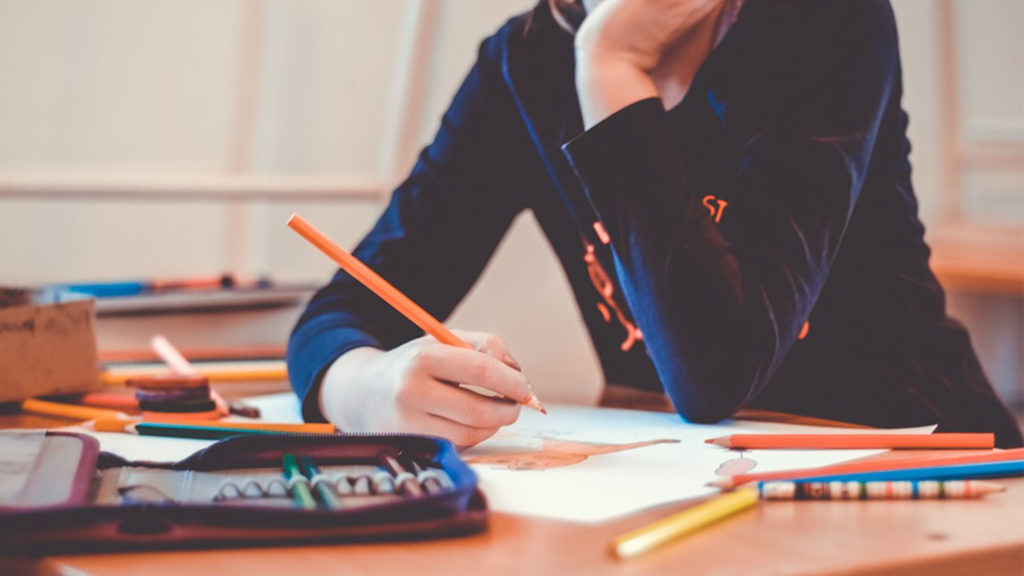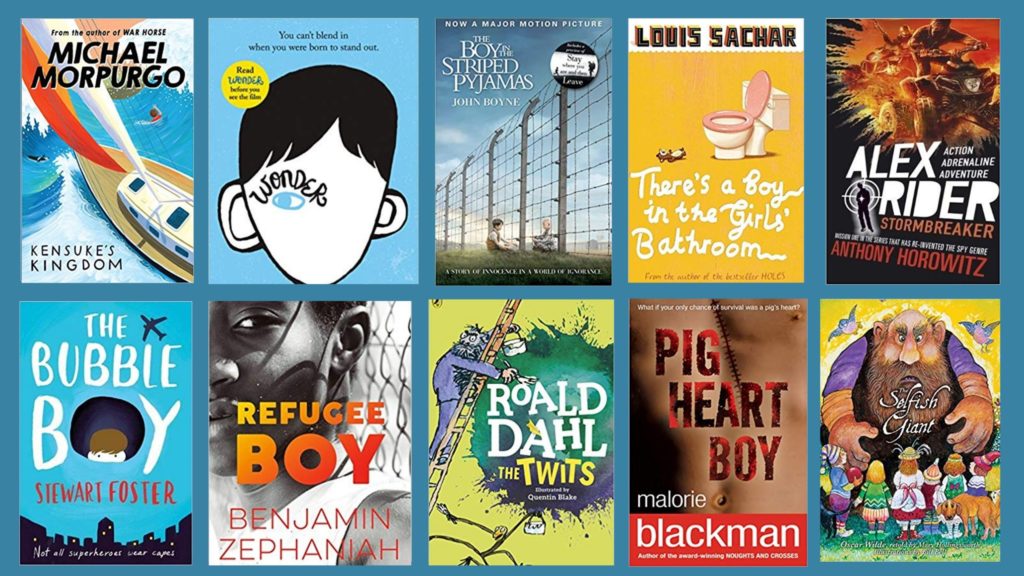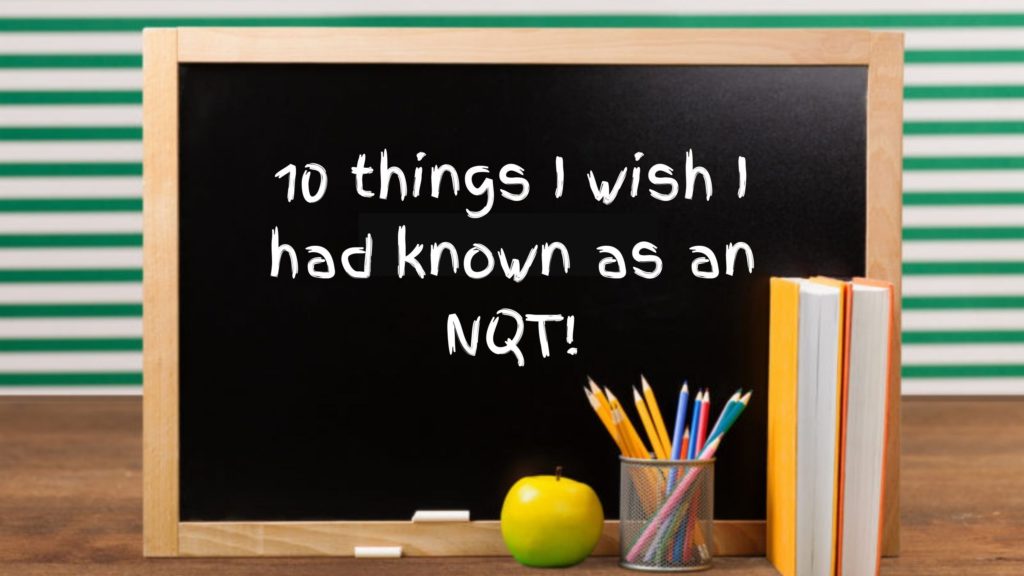Create your classroom: Top tips to get organised

The children need to know where things are, and so do you!
If you have just arrived in the classroom, have a look around and see whether you know where the pencils are, where the paper is and where the resources are. Spend the first few minutes familiarising yourself with the environment and ensuring that you know where everything is that you and the pupils will need. If the resources are not clearly labelled or obvious then gather them near you so that they can easily be given out when required!
If you’re in a longer-term placement, or it’s your classroom, you need to make sure that you can go in each morning, and everything is in its place.
My first head teacher said to me, “Jane, leave your class as if you’re never coming back.” And that wasn’t because he didn’t want me to come back on the second, third or fourth day, it was just a rule of thumb that he had lived by as a teacher and an educator. It means that if you’re rushed in the morning, absent because you are poorly or on a course and therefore can’t attend school that day, your classroom is already set up. This means that the children, the main individuals that you need to think about, will still be able to learn.
“Getting the children involved at the end of the day teaches them the importance of keeping things tidy and organised for better working results”
Resources need to be labelled. It’s all very good to have the word PAPER written, but if you’re new to English, or you haven’t quite grappled with how to read properly for whatever reason, then having a picture next to the written word will enable all children to identify visually, as well as reading, what’s in that drawer.
If you don’t want the fuss of children getting up and moving around in the classroom, ensure that you have a pot of pencils on the table that are sharpened, and that there’s enough for one each; even add a couple of sharpeners to be used during the session.
I remember at school, I always wanted a certain pencil because it was the longest, sharpest one. That caused fuss with me and Terry McCormack. Now, he’s gone his way, and I have gone mine, but it caused a great fuss as well as a couple of detentions, which we got in those days. The lesson here is that if my class teacher had organised her classroom more efficiently then none of us would have had to go through all of that!
Remember the more organised a class environment is, the more focused your class will be to learn!

Five top tips to take to the classroom
- Make a file folder for each student
This ensures that you have a concise record of student progress and assessment for easy teacher-parent communication.
- In your first week, get the children to make name labels
Refer to the names on the card when looking for a ‘helper’ to take turns answering questions and reading out loud. By picking out names you see, it enables children to be kept on their toes, allowing those that are more introverted to get involved.
- Have a plan for stacking/filing system for storing handouts
If you store your handouts in one particular location with a colour-coded system, it prevents key information from getting misplaced. Regularly organising and filtering what is no long relevant will keep things organised.
- Label, Label, Label!
It might seem old-school but sometimes traditional works in our favour! Make labels for anything and everything you want to keep tidy – from pen pots, paper draws, colouring pencils, scrap paper. If it’s labelled, then it enables the children to be independent to fetch their own resources.
- Give yourself time
Don’t rush yourself to have everything in perfect order from the moment you start at a new skill. Give yourself 10-15 minutes every morning before class begins and the same before class ends for the day to scour round the room and put things back in place. Getting the children involved at the end of the day teaches them the importance of keeping things tidy and organised for better working results – it also means that the more efficient they are, the quicker they get to go home!








Responses